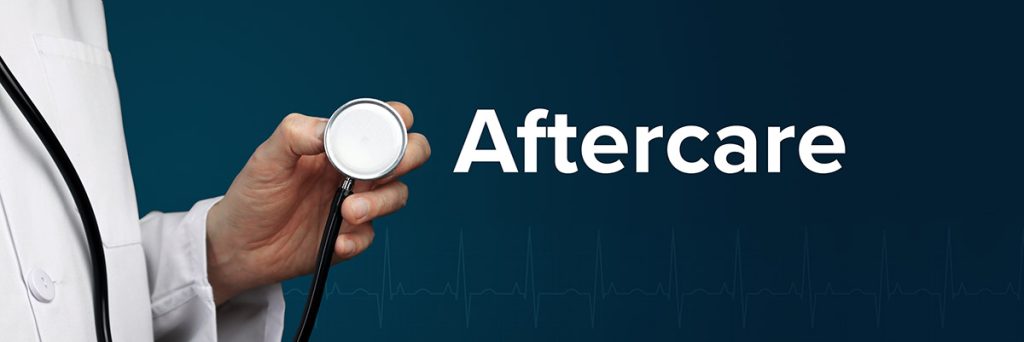Navigating the Aftermath: Essential Tips for Anaphylaxis Aftercare

Recovering from an anaphylactic episode is a critical process that extends beyond the initial emergency response. At Snap Medical, we are committed to supporting you through every stage of this journey, from the provision of life-saving epinephrine products to guiding you through effective post anaphylaxis treatment. This blog provides essential tips and outlines the anaphylaxis after care that is vital for anyone who has experienced an anaphylactic shock, adhering to the most recent anaphylaxis treatment guidelines.
Immediate Post-Anaphylaxis Treatment
Following an anaphylactic shock treatment protocol is the first step in managing a severe allergic reaction. However, what you do after this immediate treatment can significantly affect recovery and prevent potential future reactions in your patients. Here are steps recommended in anaphylaxis treatment guidelines that should be taken immediately after an episode:
- Seek Additional Medical Help: Always call 911 when anaphylactic shock is suspected.
- Monitor your patient for side effects related to epinephrine injection(s). Epinephrine itself may cause your patient to experience anxiety, nervousness, headache, fear, and palpitations.
- Administer Additional Medication if Needed: Based on your assessment, other medications such as antihistamines or corticosteroids may be given as part of anaphylaxis treatment.
- Continuous Monitoring: Even after symptoms subside, it’s crucial to have your patient sent to the Emergency Room for continued monitoring and treatment. Anaphylaxis can reoccur for up to 72 hours even when the trigger is removed. This is a standard part of anaphylaxis after care.
Long-Term Anaphylaxis After Care
Long-term management following an anaphylactic episode is essential. Here are key guidelines you can encourage your patient to follow:
- Follow-Up Appointments: Regular check-ups with an allergist are important. These visits help refine your patients anaphylactic shock treatment protocol and adjust any ongoing treatments.
- Allergen Avoidance Plan: Part of effective anaphylaxis after care is avoiding known triggers. Work with an allergy specialist to find potential allergens and develop strategies to avoid them.
- Education and Awareness: Educating yourself and your staff about anaphylactic shock and be sure everyone knows where your epinephrine convenience kit is stored including the correct use of the kit and adherence to anaphylaxis treatment guidelines, is crucial.
- Your patient should be instructed to educate their family and friends about their allergic condition. including the correct use of epinephrine.
Reviewing Anaphylaxis Treatment Guidelines
It’s important to review and update your knowledge of the latest anaphylaxis treatment guidelines regularly. This ensures that you and those around you are always prepared to respond effectively. Guidelines often emphasize:
- The importance of having epinephrine and supplies for injection available at all times.
- Regular training on how to use your epinephrine supplies correctly as part of anaphylactic shock treatment protocol.
- Understanding the signs of anaphylaxis to ensure immediate action can be taken.
- Educating Others About Post Anaphylaxis Treatment
Awareness and education are crucial components of effective anaphylaxis after care. Ensuring that family, friends, and coworkers understand how to act in an emergency according to the anaphylactic shock treatment protocol can be lifesaving. Conduct regular discussions or training sessions on the anaphylaxis treatment guidelines to keep everyone informed.
Conclusion
Managing the aftermath of anaphylaxis involves meticulous attention to anaphylaxis after care, adhering to anaphylactic shock treatment protocols, and staying updated with the latest anaphylaxis treatment guidelines. At Snap Medical, we supply resources and products to help manage Type 1 allergic reactions, including anaphylaxis effectively, ensuring that post anaphylaxis treatment is comprehensive and accessible. Remember, proper aftercare is not just about recovery—it’s about preparing for a safer future.
For more information about managing anaphylaxis, see our Anaphylaxis Training. To purchase reliable epinephrine solutions, browse our entire product line on our website. We are dedicated to helping you stay safe and well-informed!
